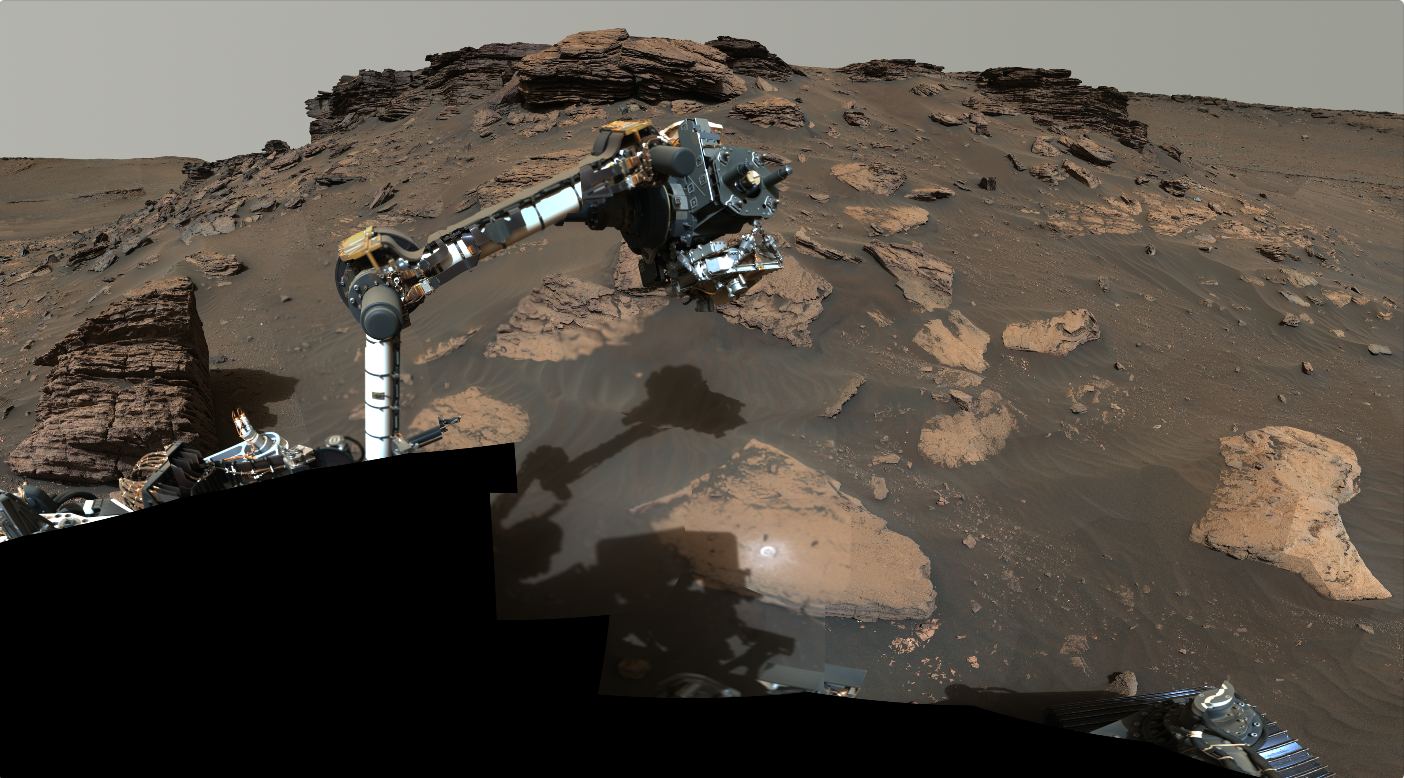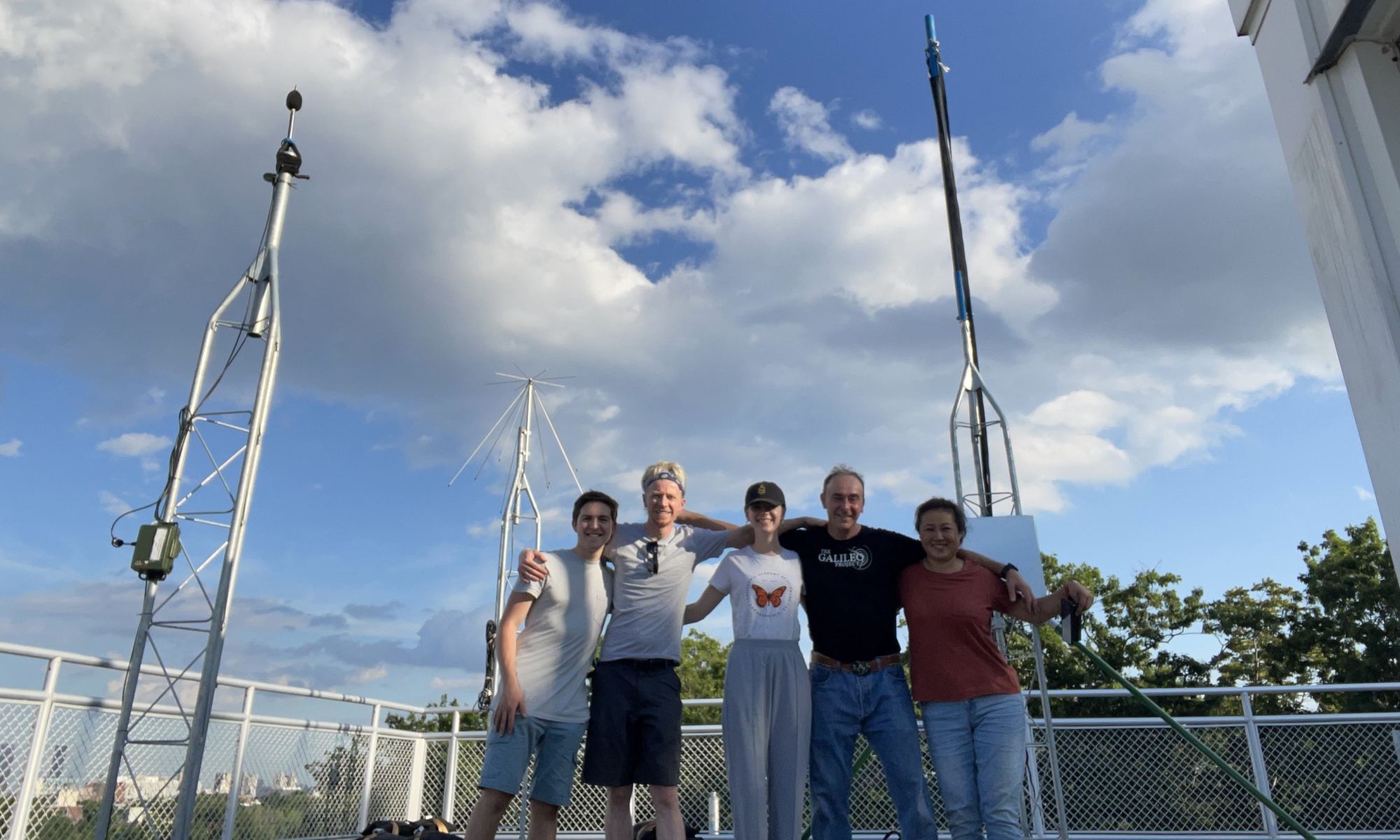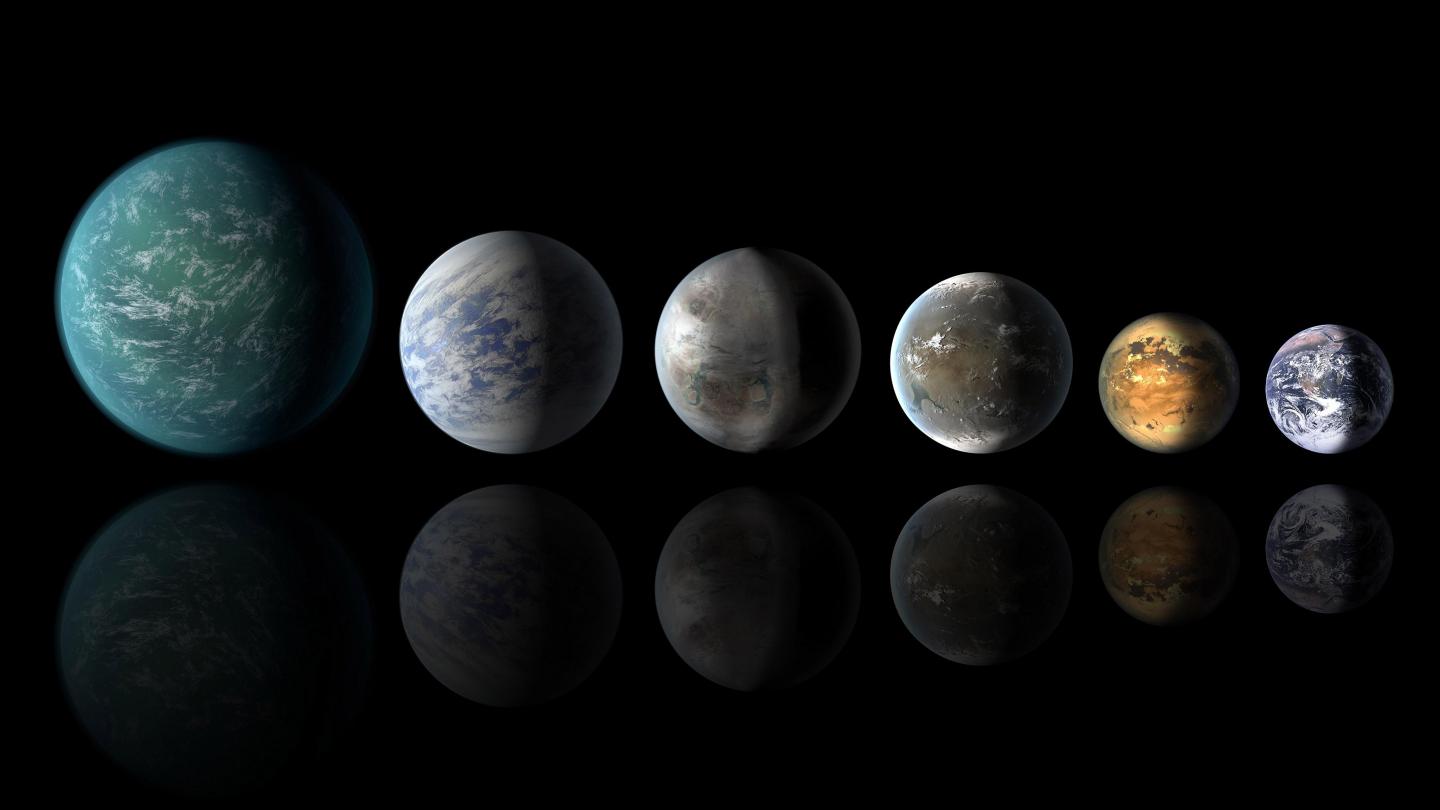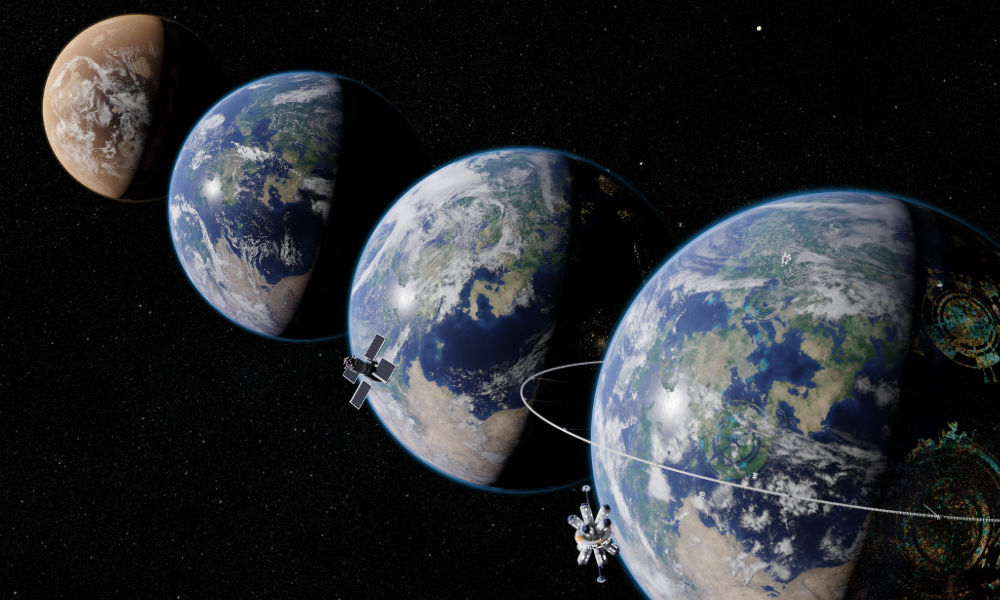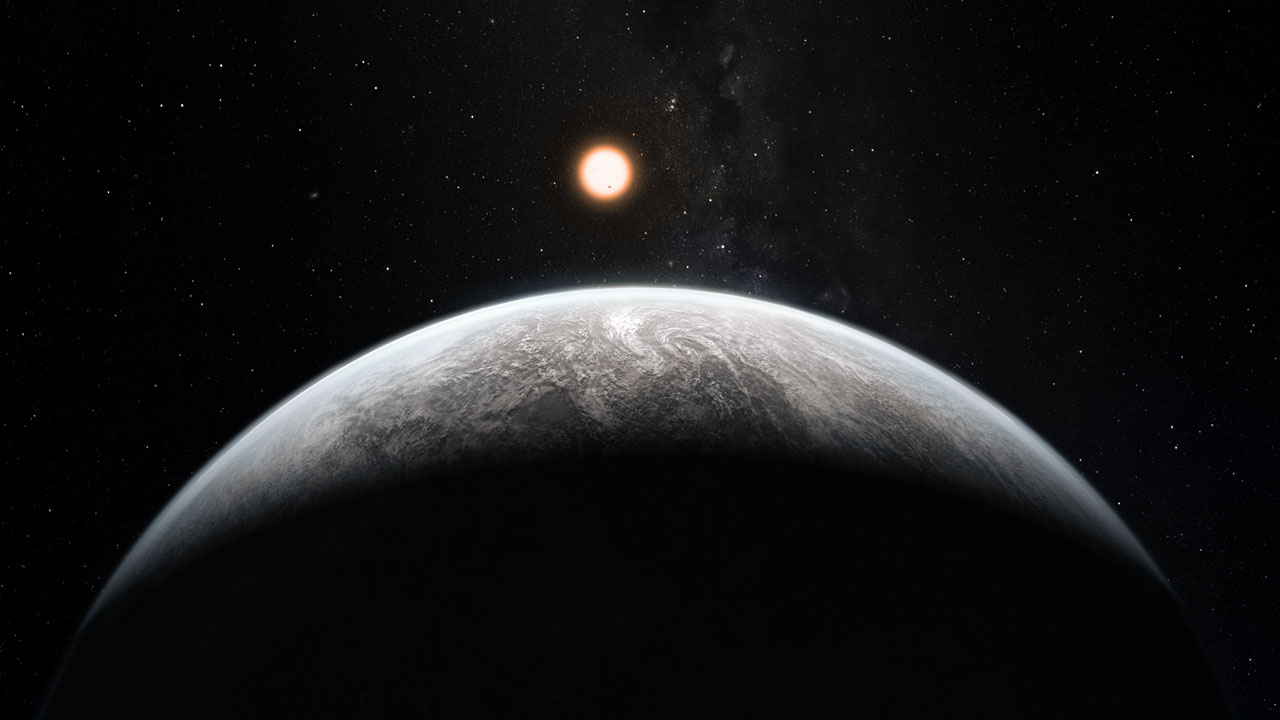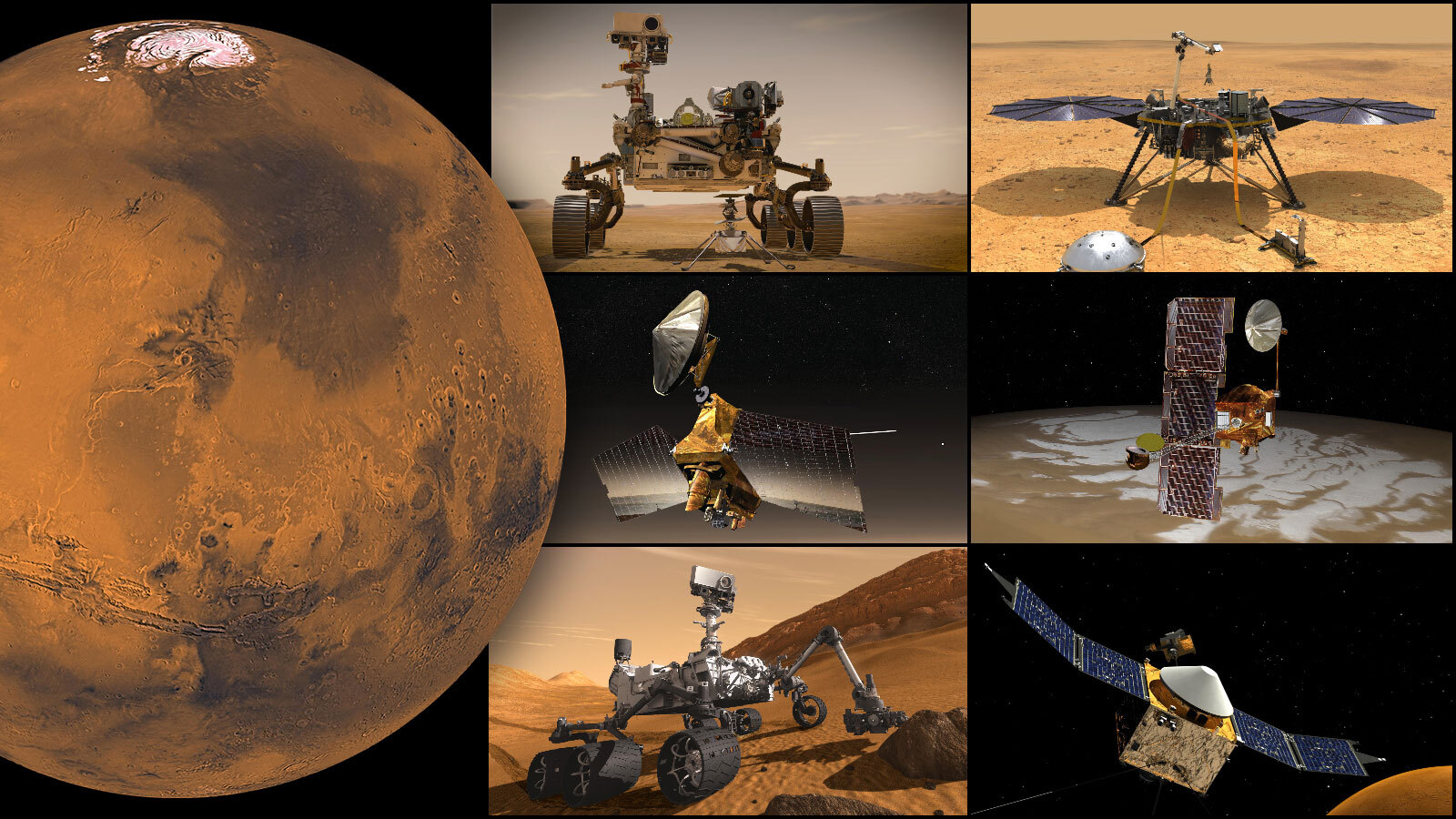Ever since robotic explorers began visiting the Red Planet during the 1960s and 70s, scientists have puzzled over Mars’ surface features. These included flow channels, valleys, lakebeds, and deltas that appear to have formed in the presence of water. Since then, dozens of missions have been sent to Mars to explore its atmosphere, surface, and climate to learn more about its warmer, wetter past. In particular, scientists want to know how long water flowed on the surface of Mars and whether it was persistent or periodic in nature.
The ultimate purpose here is to determine whether rivers, streams, and standing bodies of water existed long enough for life to emerge. So far, missions like Curiosity and Perseverance have gathered volumes of evidence that show how hundreds of large lakebeds once dotted the Martian landscape. But according to a new study by an international team of researchers, our current estimates of Mars’ surface water may be a dramatic understatement. Based on a meta-analysis of years’ worth of satellite data, the team argues that ancient lakes may have once been a very common feature on Mars.
Continue reading “Mars Might Have Been Covered in Lakes in the Ancient Past”

